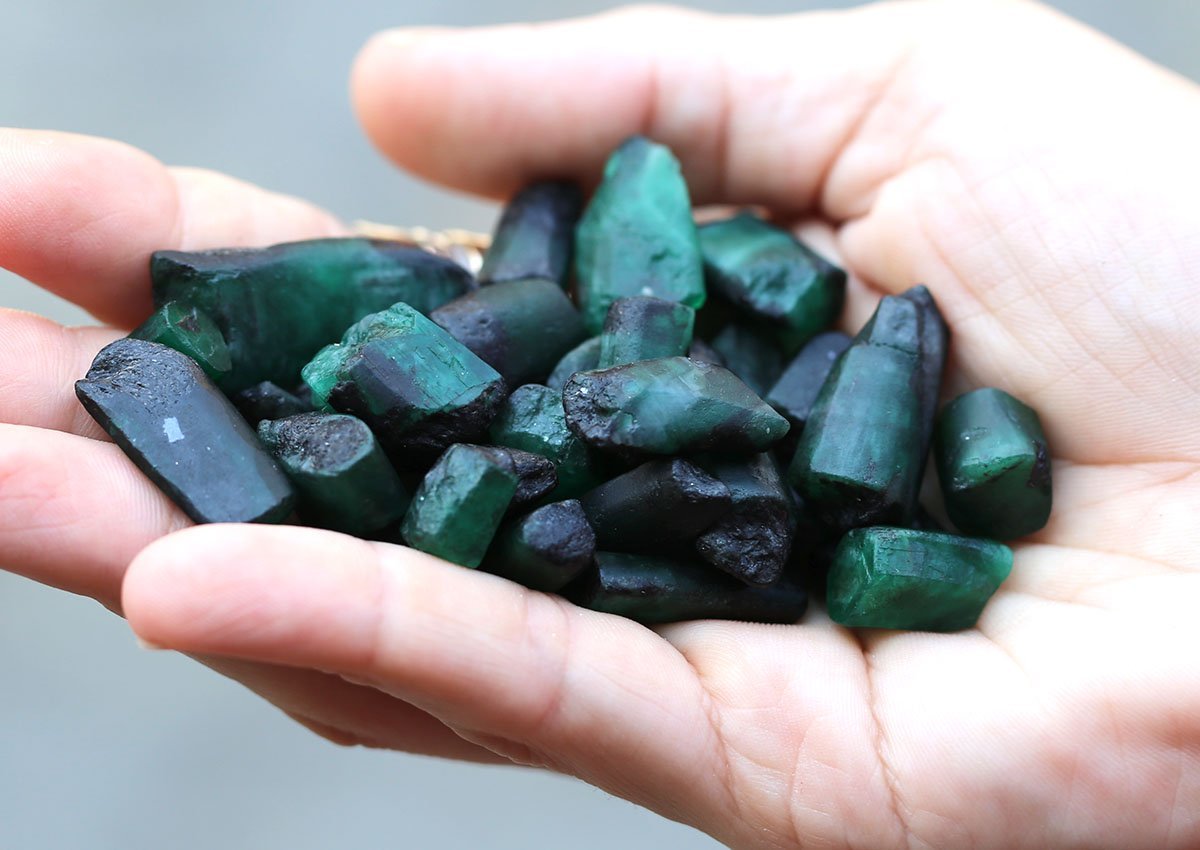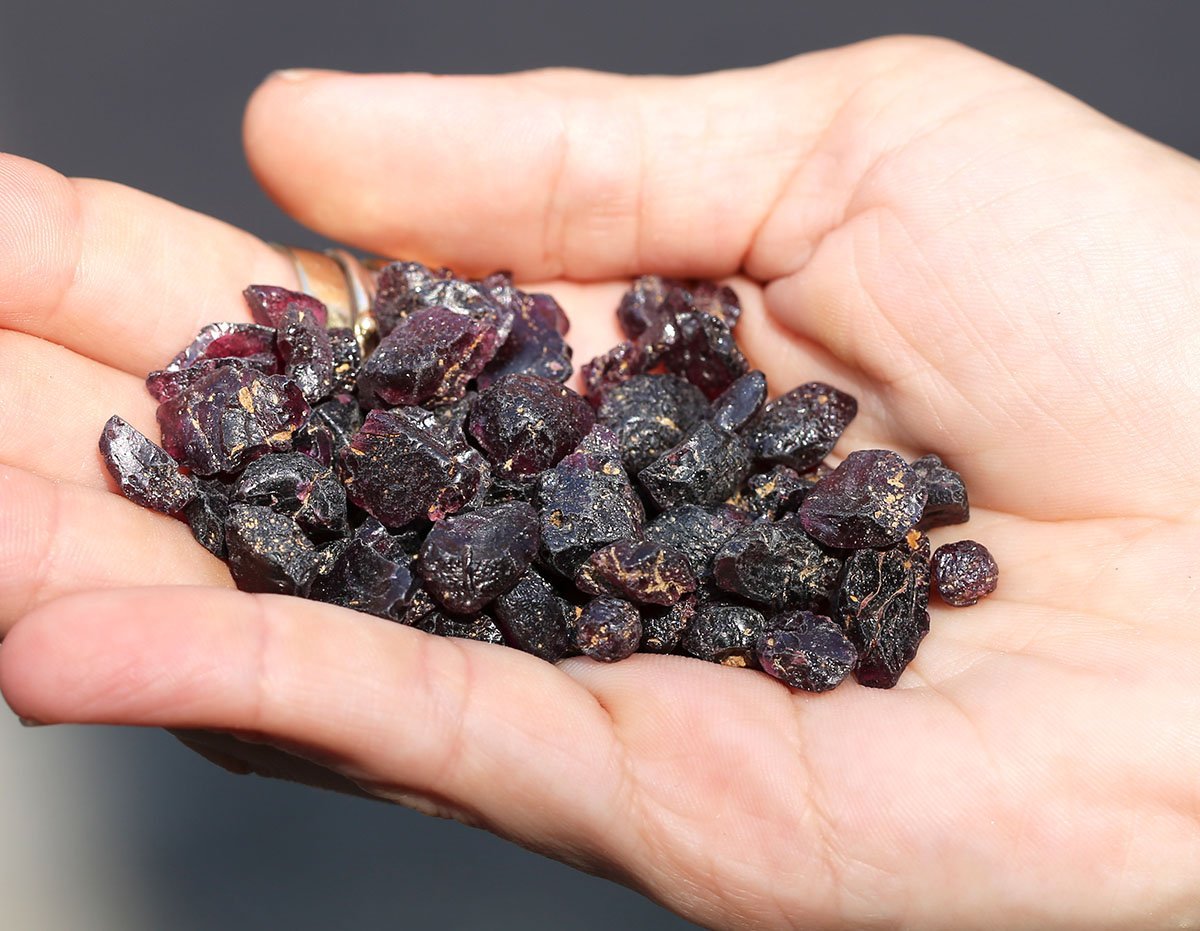
The History of Emerald: From Cleopatra to El Dorado
Emeralds are without a doubt, the most famous of all the gemstones. Blood has been spilled, ladies have been wooed and status has been elevated by these gorgeous green gemstones since history has been recorded. In antiquity, gems were classified by color rather than hardness or other properties. For this reason, ‘emerald’ was used to refer to all green-colored gems. We don’t know exactly which civilization first unearthed gemstones, but it is known that the ancient Egyptians mined emerald at the Sikair-Zubara mines, known as ‘Mons Smaragdus’ (Emerald Mountain).

Believed to have been mined from 1800 BCE, this mine was already near exhaustion by the reign of the famous Pharaoh Cleopatra, who was a renowned emerald enthusiast. Though the quality of the emerald available to the Ancient Egyptians were not up to the high standards we have come to expect today, they were nevertheless treasured by Cleopatra, who often wore emerald jewelry and would gift emerald to dignitaries and nobility she wished to reward. The mine became known as ‘The Mine of Cleopatra’ due to her patronage. Though lost for centuries, the mines were rediscovered in 1816 by a French mineralogist named Frederic Cailiaud.

As important as emeralds were to Cleopatra, the Romans also had a notable fondness for the gemstones, with the historian Pliny noting:
“Indeed no stone has a color that is more delightful to the eye, for whereas the sight fixes itself with avidity upon the green grass and foliage of the trees, we have all the more pleasure in looking upon the emerald, there being no green in existence more intense than this. And then, besides, of all the precious stones, this is the only one that feeds the sight without satiating it…If the sight has been wearied or dimmed by intensively looking on any other subject, it is refreshed and restored by gazing at this stone. And lapidaries who cut and engrave fine gems know this well, for they have no better method of restoring their eyes than by looking at the emerald, its soft, green color comforting
and removing their weariness and lassitude.”
The infamous Roman tyrant Nero, used emerald glasses to aid his eyesight at the Gladiator games, most likely inspired by those gem cutters Pliny spoke of. The quality and quantity of emerald dramatically increased with the Spanish discovery of the so-
called New World during the Age of Exploration. So abundant and plentiful were the emeralds and gold in what was the territory of the Incas, ( modern-day Peru) the Spanish Conquistadors were sure they had located the mythical 'El Dorado'. It was not all good news for the Spanish, however. They fought a long and bitter war, putting many of the local tribal people to the sword to try and learn of the locations of emerald mines. Decades of conflict ensued, particularly in modern-day Colombia, where the locals preferred to fight to their deaths rather than reveal the location of the mines.

was specifically allocated to the Colombian state, thus ending almost three centuries of Spanish exploitation.
Ireland has long been known as the ‘Emerald Isle’ due to its’ beautiful green landscape but some reckon that the origin of the nickname began with the Norman invasion of Ireland in the 12th century. English-born pope Adrian IV sent King Henry II an emerald ring along with the Papal permission to conquer the Irish people and bring them under the authority of the English crown.




